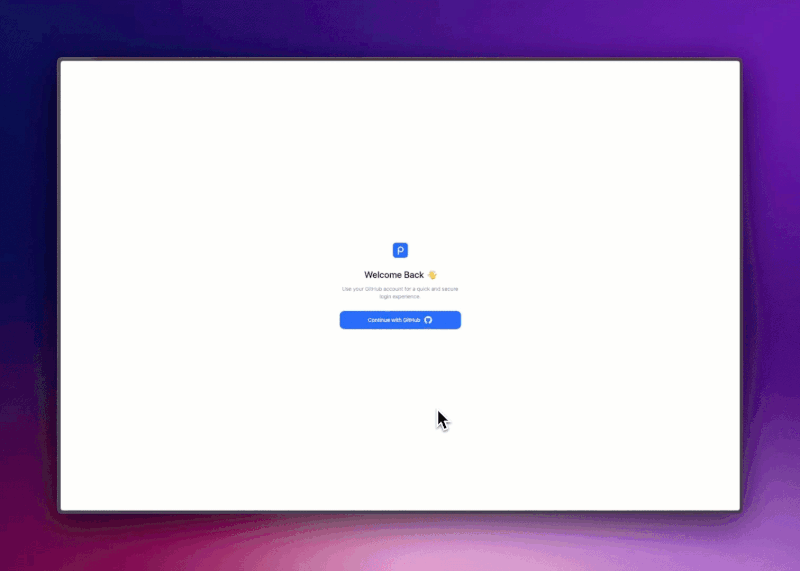Mircroservices Best Practices
Mastering Microservices: Key Practices for Success
Microservices architecture has become the go-to solution for building scalable, flexible, and resilient applications. Unlike monolithic applications, microservices break down functionalities into small, independent services, each responsible for a specific feature or function.
This architecture empowers teams to work in parallel, increases the agility of development, and enhances fault tolerance.
Before we start I just want to let you know that we Amigoscode have officially launched Portfolly. The one-click portfolio builder for developers.
Before we start quick question 👀
I personally start with Monolithic first. I’ll explain why in a separate blog.
Alright, lets start.
1. Docker
Docker is a key tool for microservices. It packages each service into containers, ensuring consistency across multiple environments (development, testing, production). By using Docker, developers can package a microservice, along with all its dependencies, into a single container image that can run anywhere. The Docker Daemon manages these containers and uses a registry to store and retrieve container images.
2. Container Orchestration (Kubernetes)
As the number of microservices grows, managing them manually becomes complex. Container orchestration platforms, such as Kubernetes, automate the deployment, scaling, and management of containerized applications. Kubernetes manages multiple containerized services by running them across nodes in a cluster.
3. Caching
Microservices can benefit significantly from caching strategies to improve performance and reduce latency. In this architecture, caching systems like Redis or Memcached can be used to store frequently accessed data, reducing the load on the database.
4. Single Database per Service
To ensure that each microservice remains independent, it's a good practice to give each one its own database. While microservices can communicate with each other, their databases should not be shared to maintain service autonomy. Each service should manage its data, ensuring that any issues in one database won’t affect others.
5. Distributed Tracing
In a microservices architecture, requests often traverse multiple services, making it difficult to track and debug issues. Distributed tracing helps track requests as they move through various services. By tagging requests with trace IDs, you can monitor and analyze how long each service takes to process requests.
6. Monitoring and Tracing
In addition to tracing requests, it’s vital to monitor both the health and performance of microservices. Monitoring tools like Prometheus and Grafana provide insights into resource consumption, error rates, and service health, while tracing tools help you understand inter-service dependencies.
7. Logging
Effective logging is crucial for diagnosing issues, especially in a distributed architecture. Centralized logging platforms like ELK Stack (Elasticsearch, Logstash, and Kibana) or Graylog aggregate logs from various microservices, making it easier to trace issues across different services.
8. Event Bus
Microservices often need to communicate asynchronously. An Event Bus facilitates this by allowing services to emit and consume events without being tightly coupled. Tools like Kafka or RabbitMQ enable event-driven communication between services.
9. Service Discovery
As microservices are dynamically deployed across multiple nodes and instances, Service Discovery becomes essential. Tools like Consul or Eureka register services with a central registry, allowing other services to discover and communicate with them.
10. Load Balancing
Load balancing distributes incoming traffic evenly across multiple service instances to avoid overloading a single instance. Tools like HAProxy or Nginx can act as load balancers in your microservices setup, ensuring high availability and better performance.
11. API Gateway
An API Gateway acts as a single entry point for all microservices, handling request routing, authentication, rate limiting, and more. Tools like Kong or NGINX serve as API gateways to manage external requests to various services.
12. Cloud Provider
Deploying microservices in the cloud offers scalability, resilience, and flexibility. Cloud providers like AWS, Google Cloud, or Azure provide managed services that make it easier to deploy, scale, and monitor your applications in real-time.
Keep in mind that a successful microservices architecture depends on how well you implement these principles, making it crucial to plan, design, and maintain your services properly from the start.
See you soon.
















I think that the definition of microservice is to be autonomous, so if does not have their own database cant be called microservice. So maybe is a misunderstood to call good practice that a microservice should have their own database